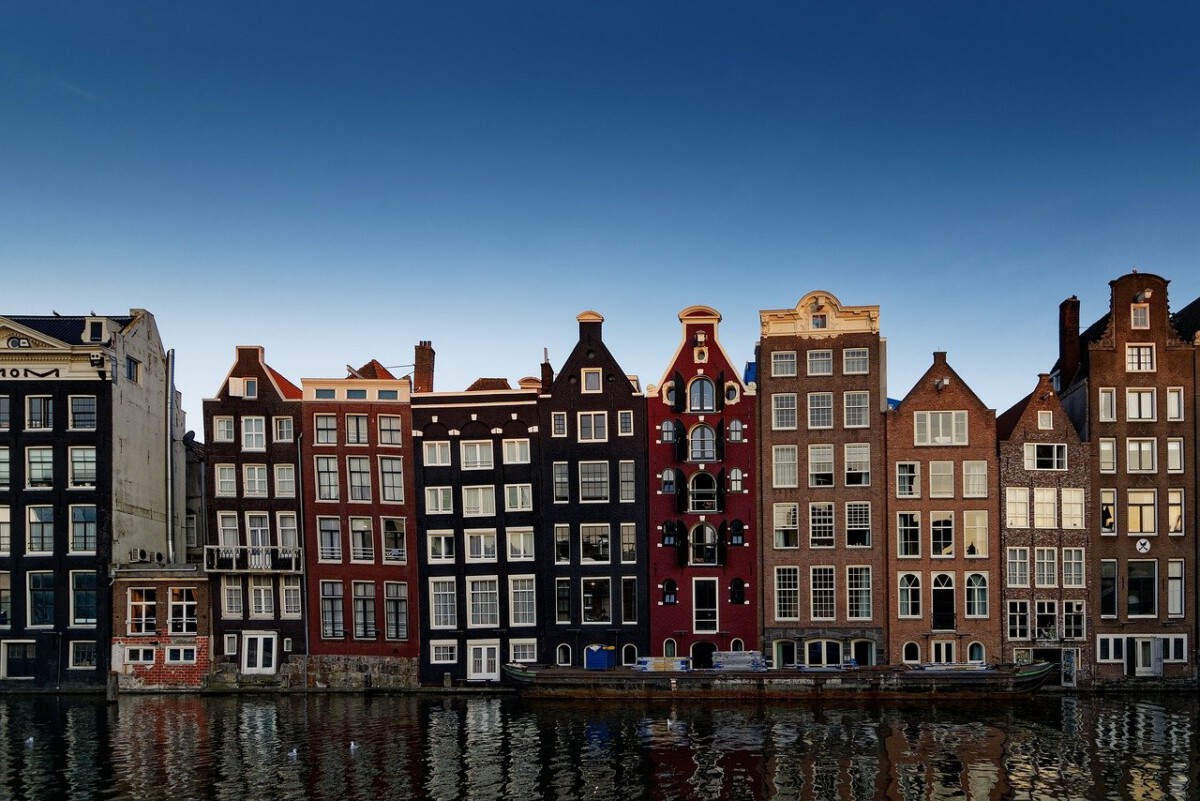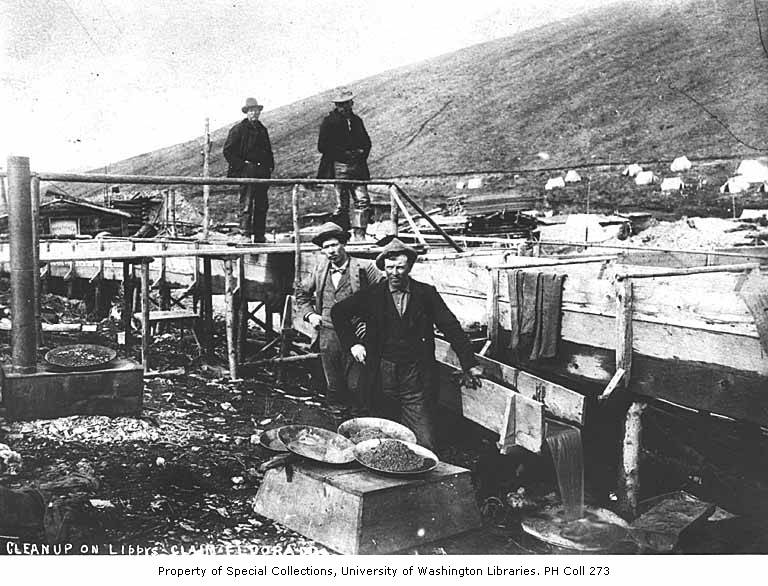The Overcrowding Crisis
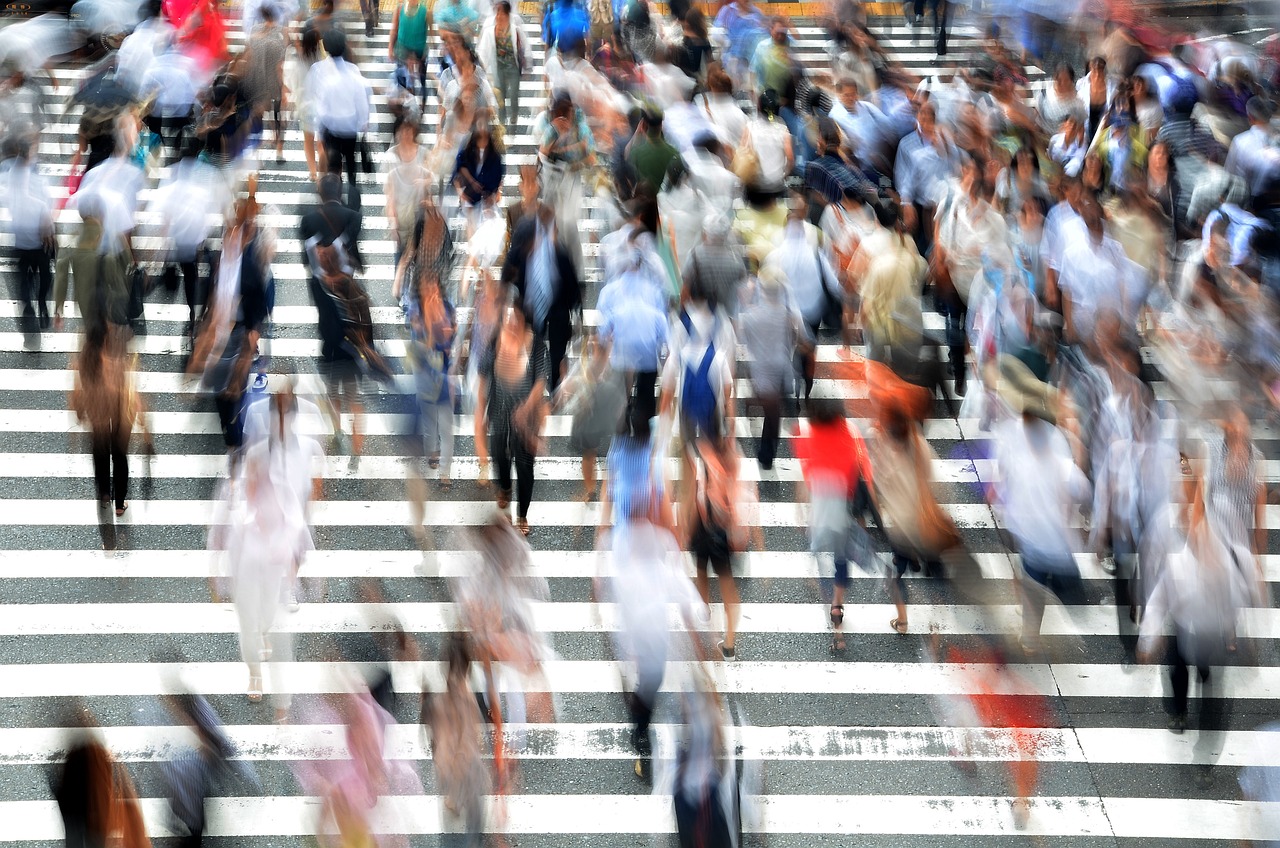
Amsterdam’s streets are bursting at the seams. In 2023, the city attracted over 20 million visitors, making it feel more like a theme park than a living, breathing city. The Red Light District and the walkways along the canals have become so packed that even a casual stroll feels like wading through a festival crowd. Residents are growing weary, with 70% saying they feel overwhelmed by the constant influx of outsiders. Local news reports describe the city center as nearly impassable on weekends. The charm that once defined Amsterdam’s neighborhoods is vanishing beneath the weight of mass tourism. It’s hard to enjoy the city’s magic when you’re elbow-to-elbow with strangers at every turn.
Rising Costs of Living
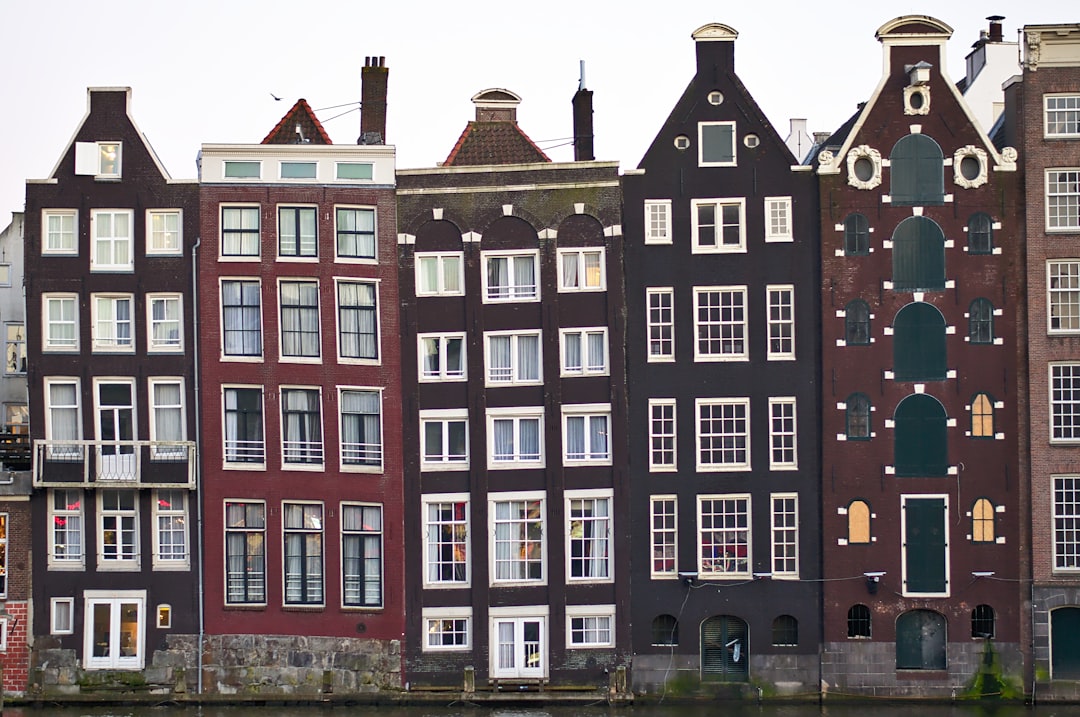
The cost of calling Amsterdam home has never been steeper. Rents in the city center soared to €1,800 for a one-bedroom in 2024, marking a dramatic 15% hike in just twelve months. This surge is tied to the explosion of short-term rentals, pushing lifelong residents out and leaving neighborhoods hollowed of their original character. Locals now talk about how friends and family are forced to look for apartments on the outskirts, where rents are still manageable. Groceries, transportation, and even a simple cup of coffee have all climbed in price. Amsterdam’s cost of living now rivals that of some of Europe’s most expensive capitals, squeezing out the very people who give the city its soul.
Environmental Concerns
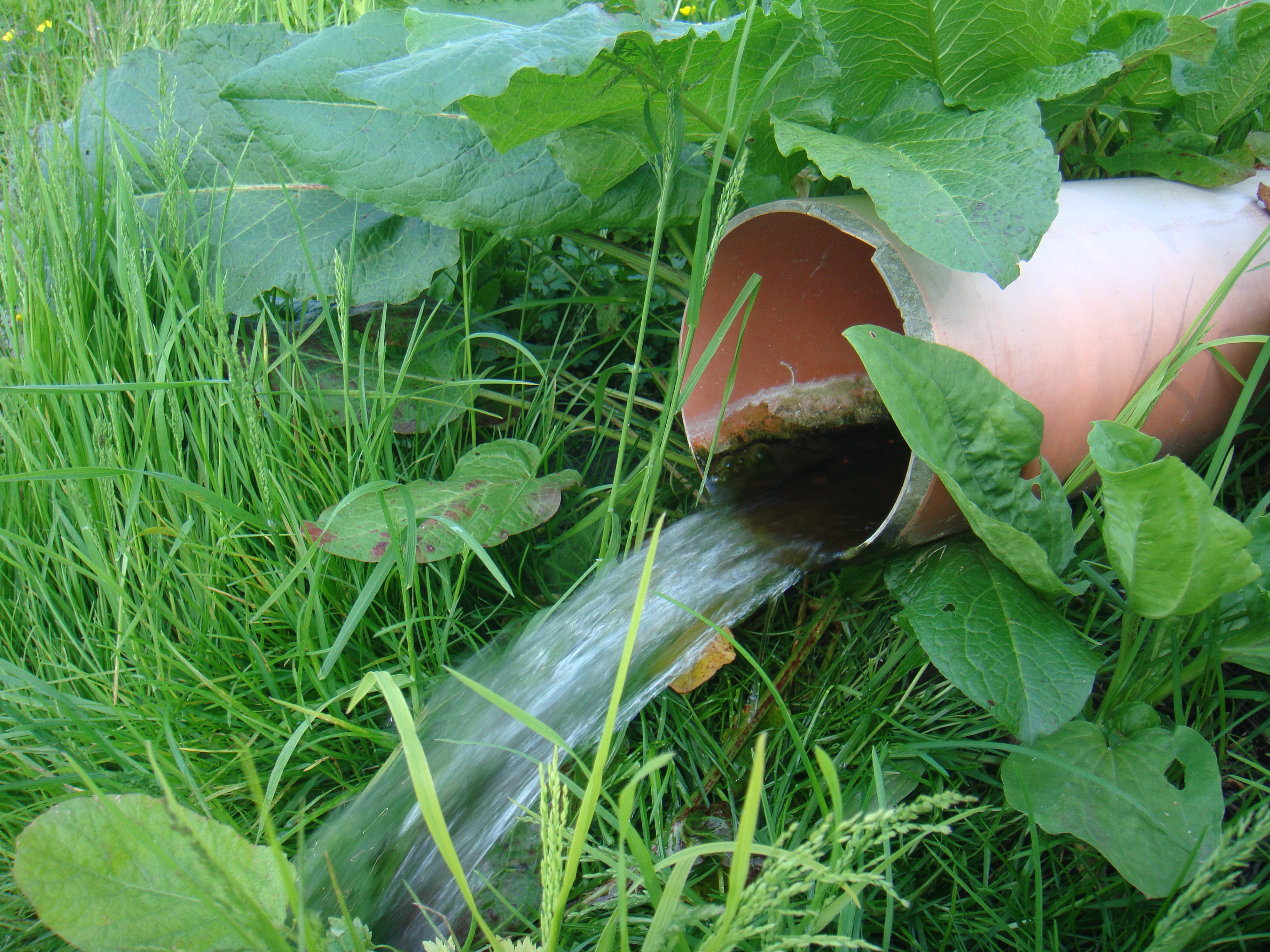
Amsterdam’s environmental stress is impossible to ignore. With millions of visitors passing through, the city’s waste management system is under immense pressure. Overflowing bins and litter have become common sights, especially during peak tourist seasons. Air quality readings in 2023 revealed pollution levels above recommended safety thresholds in several districts, leading to public health advisories. Noise pollution is another growing problem, as party boats and nightlife venues fill the nights with constant commotion. City officials have issued repeated warnings about the strain on local resources, but the problems persist. For those who care about sustainability, these issues make Amsterdam a much less appealing destination.
The Shift in Local Culture
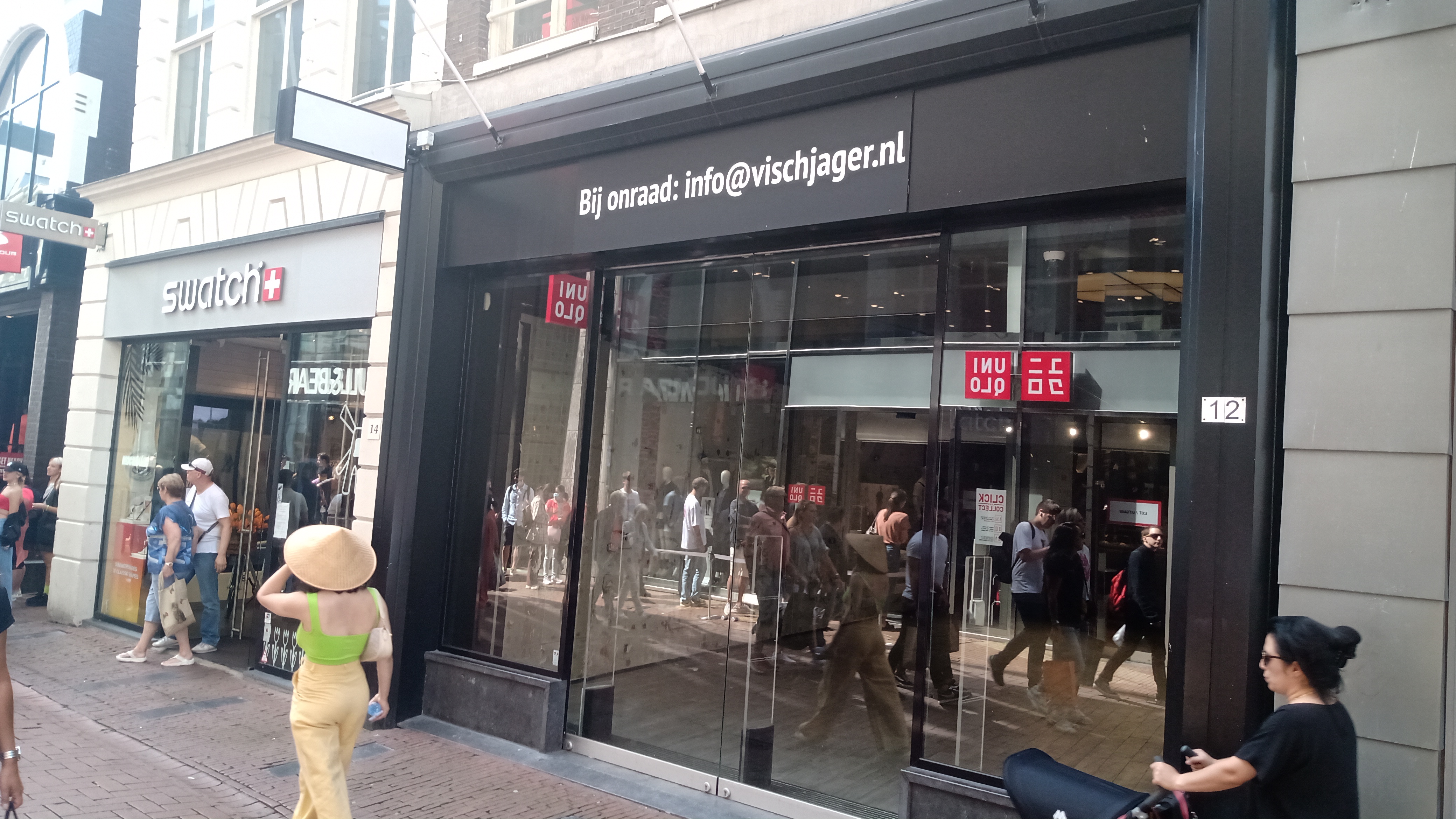
Amsterdam’s unique Dutch culture is fading beneath waves of commercialism. Where once you’d find small bakeries and local cheese shops, now there are souvenir stalls and generic fast-food outlets. Many traditional businesses have been replaced by tourist-driven shops that offer little in the way of authenticity. A 2024 survey showed 65% of residents are worried their cultural heritage is being lost to commercial interests. Walking through neighborhoods that once buzzed with local life, I now see rows of storefronts catering to the fleeting interests of tourists. The sense of community that set Amsterdam apart is at risk of disappearing altogether.
Safety and Security Issues

Safety has become a growing concern, especially for newcomers. Reports of pickpocketing and tourist scams have surged, with theft-related incidents up 25% in 2023. Certain areas, especially around crowded attractions, are now hotspots for crime. Local police have increased patrols, but the feeling of security hasn’t returned. Residents frequently report instances of aggressive behavior, particularly late at night. The city’s once-relaxed vibe now carries an undercurrent of caution that is hard to ignore. As a traveler, it’s difficult to fully unwind when you’re constantly on guard against petty crime.
The Impact of Climate Change
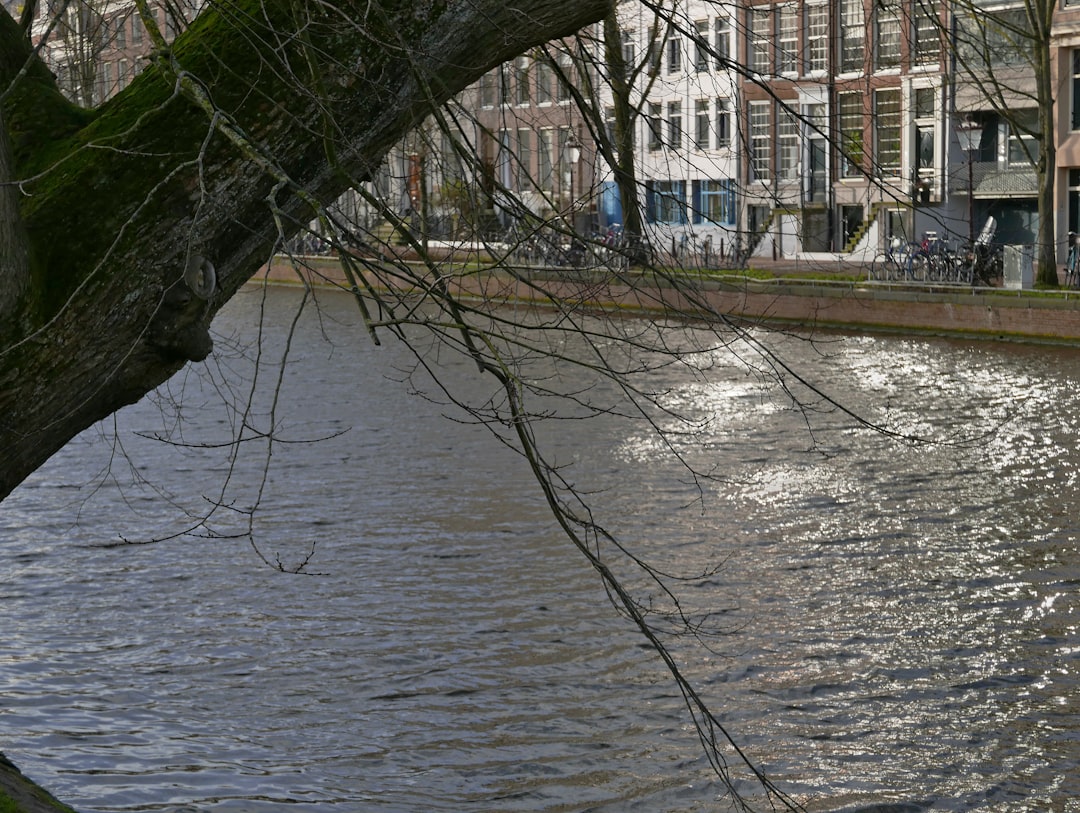
Amsterdam faces existential threats from climate change. With much of the city below sea level, even modest rises pose a real risk. The municipality has invested heavily in flood defenses, but experts warn that these may not be enough. Scientists in 2024 predicted that, without major changes, flooding could become a regular occurrence by 2050. Discussions about climate adaptation are now part of daily life, and anxiety about the future is palpable among residents. The city’s delicate relationship with water, once a point of pride, is now a source of deep concern.
The Changing Face of Tourism

Tourism in Amsterdam is evolving, but not always for the better. Sustainable travel is gaining traction, with more visitors seeking eco-friendly tours and local experiences. However, the city still grapples with the sheer volume of tourists and their impact on daily life. New policies aim to shift tourism away from crowded centers, but implementation is slow. Some neighborhoods are experimenting with limits on large groups and stricter regulations for tour operators. While these efforts show promise, the balance between welcoming guests and protecting local life remains delicate.
Transportation Woes
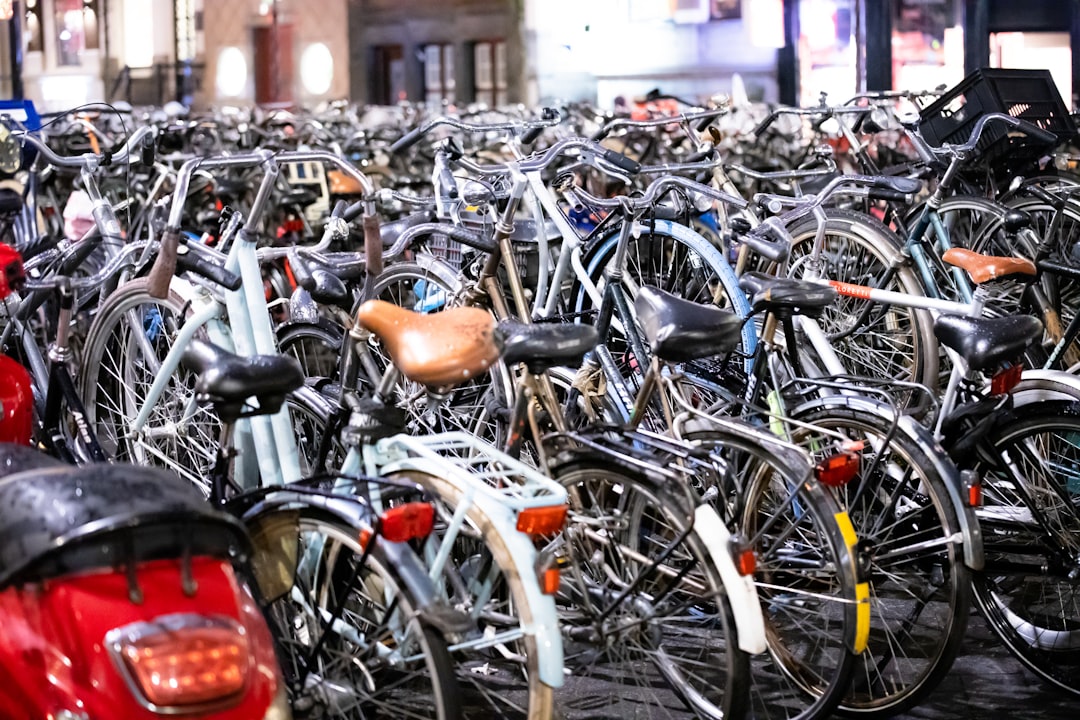
Amsterdam’s famed bike lanes are now facing gridlock. Bike traffic jumped 30% in 2023, and the city’s infrastructure is struggling to keep up. Tourists unfamiliar with local cycling etiquette often cause confusion and accidents, frustrating daily commuters. Trams and buses are routinely packed during peak hours, making public transport less reliable. Even walking can be a challenge, as crowds spill over onto narrow sidewalks and bridges. Navigating the city has become an exercise in patience, and many residents feel their mobility is being compromised.
The Future of Amsterdam
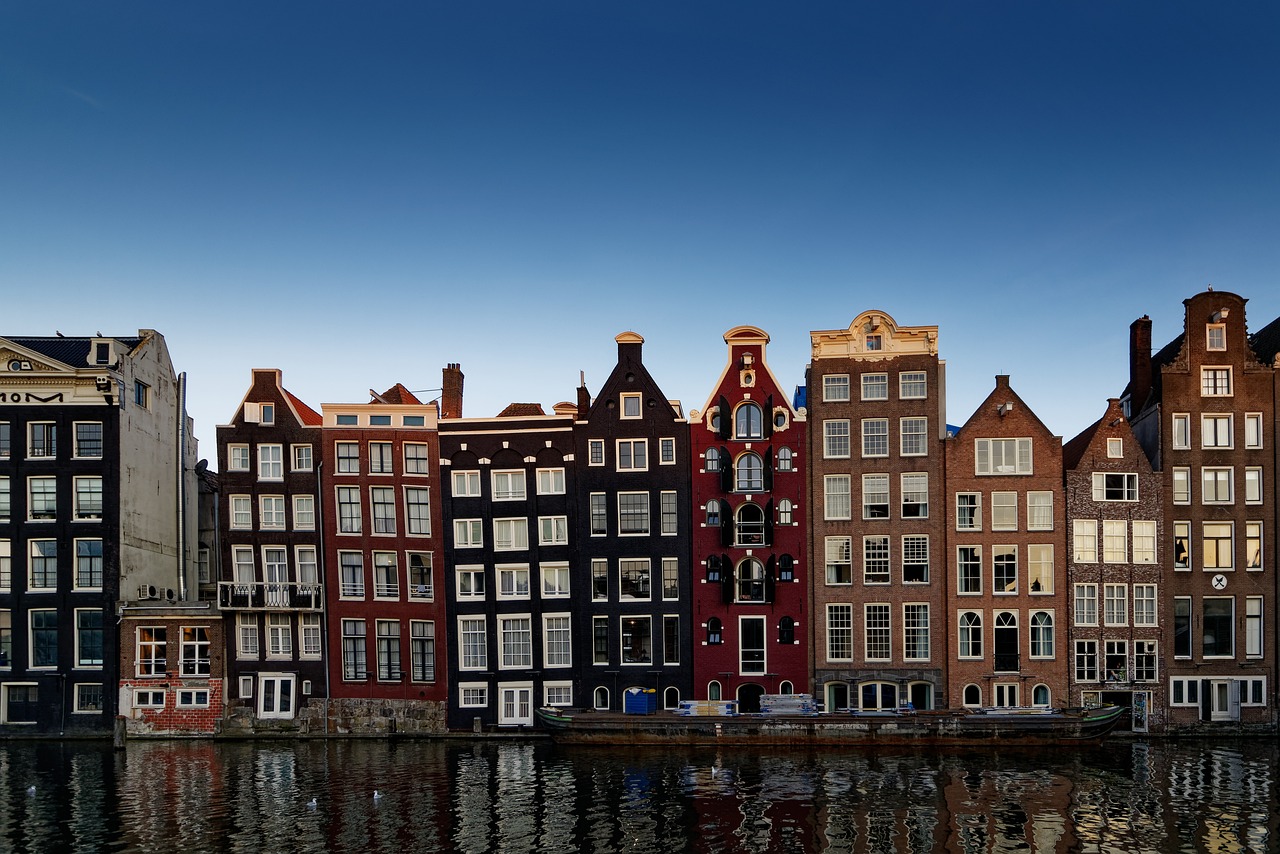
City leaders are wrestling with how to steer Amsterdam toward a more sustainable future. Proposals to cap tourist numbers, encourage off-season visits, and promote lesser-known neighborhoods are being debated. Some officials advocate for stricter regulation of short-term rentals and new taxes on tourist activities. There is hope that these measures will help restore balance, but results have yet to be seen. The city’s identity hangs in the balance as it tries to reconcile economic benefits with the need to safeguard quality of life for residents. The outcome of these policy debates will shape the city for years to come.
A Personal Reflection

For me, Amsterdam used to be a magical place—full of life, history, and warmth. But over time, the crowds, soaring prices, and environmental challenges have chipped away at that sense of wonder. I find myself longing for the quieter corners that once made the city feel special. Friends who still live there talk about how their neighborhoods have changed, and not always for the better. I want my travels to support local people and preserve the places I love, not contribute to their decline. If you share these feelings, you might find yourself looking elsewhere for your next adventure.

